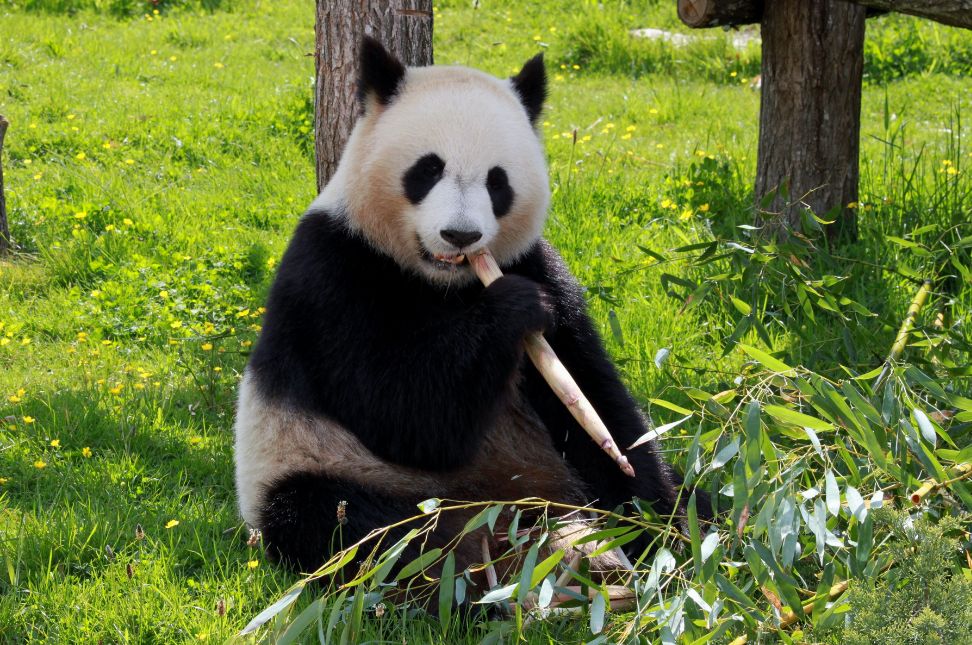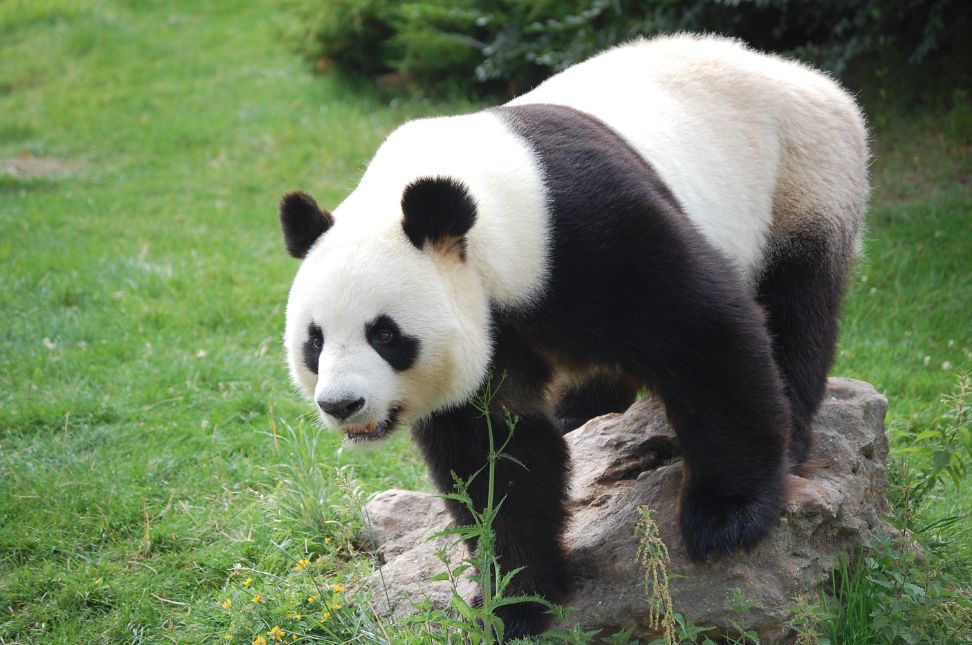Giant pandas are one of the most beloved creatures on the planet, captivating hearts with their unique black-and-white fur and gentle demeanor. But a common question that arises is, how long do giant pandas live? Understanding the lifespan of these fascinating animals can provide insights into their conservation and care.
Lifespan in the Wild vs. Captivity
In the wild, how long do giant pandas live? Typically, giant pandas in their natural habitat have a shorter lifespan compared to those in captivity. Wild giant pandas generally live around 15 to 20 years. This shorter lifespan is primarily due to the challenges they face in the wild, such as food scarcity, disease, and predators.
Conversely, in captivity, giant pandas tend to live longer. With the absence of predators, regular food supply, and medical care, giant pandas in zoos and breeding centers can live up to 30 years or more. The oldest recorded giant panda in captivity, Jia Jia, lived to be 38 years old, highlighting the significant impact of human care on their longevity.
Factors Influencing Lifespan
Several factors influence how long do giant pandas live. Understanding these factors can help in improving their care and conservation efforts:
- Diet: Bamboo makes up about 99% of a giant panda’s diet. In the wild, their access to bamboo can fluctuate, affecting their health and lifespan. In captivity, a steady supply of bamboo and a balanced diet contribute to a longer life.
- Healthcare: In the wild, pandas are vulnerable to diseases and injuries without any medical intervention. In captivity, they receive regular veterinary care, vaccinations, and treatments for any illnesses or injuries, significantly extending their lifespan.
- Habitat: The natural habitat of giant pandas, primarily the bamboo forests in China, is under threat from deforestation and human activities. Conservation efforts to protect these habitats are crucial for the survival of wild pandas. In captivity, pandas live in controlled environments that mimic their natural habitat, reducing stress and increasing their lifespan.
- Predators and Threats: In the wild, giant pandas, especially the young and old, can fall prey to predators like leopards and jackals. Human activities also pose significant threats. Captive pandas are protected from such dangers, contributing to their longer life expectancy.
Conservation Efforts
Conservation efforts play a vital role in determining how long do giant pandas live. Organizations worldwide are working to protect giant pandas and their habitats. The Chinese government, in collaboration with international organizations, has established numerous panda reserves and breeding programs. These initiatives have not only helped increase the panda population but also provided insights into their health and longevity.
Breeding Programs and Longevity
Breeding programs in captivity have been instrumental in understanding how long do giant pandas live and ensuring their survival. These programs focus on creating healthy populations through genetic diversity and proper care. Cubs born in captivity receive round-the-clock care, which significantly enhances their chances of reaching adulthood and living a longer life.
The Role of Zoos and Research Centers
Zoos and research centers play a crucial role in extending the lifespan of giant pandas. These institutions provide environments where pandas can thrive, with access to medical care, proper nutrition, and social interactions. Studies conducted in these controlled settings have provided valuable data on panda health, behavior, and aging, contributing to improved care practices.
The Future of Giant Pandas
Looking ahead, the question how long do giant pandas live will continue to be influenced by ongoing conservation efforts and environmental changes. Climate change poses new challenges, potentially affecting bamboo forests and panda habitats. Continued research, habitat preservation, and global cooperation are essential to ensure that giant pandas can live longer, healthier lives both in the wild and in captivity.
Conclusion
In summary, how long do giant pandas live depends on various factors, including their environment, diet, healthcare, and conservation efforts. While wild pandas generally live 15 to 20 years, those in captivity can live 30 years or more. Understanding these factors helps in improving conservation strategies and ensuring that these cherished animals continue to thrive for generations to come.
From the lush bamboo forests of China to the carefully managed enclosures in zoos and research centers, the journey of a giant panda’s life is fascinating and complex. As we continue to learn and adapt our conservation efforts, we can hope to see more giant pandas living longer, healthier lives.
Ultimately, the goal is to create a world where giant pandas can thrive in their natural habitats, free from threats and with ample resources. Through collective efforts, we can ensure that the answer to how long do giant pandas live becomes a testament to successful conservation and the enduring bond between humans and wildlife.




